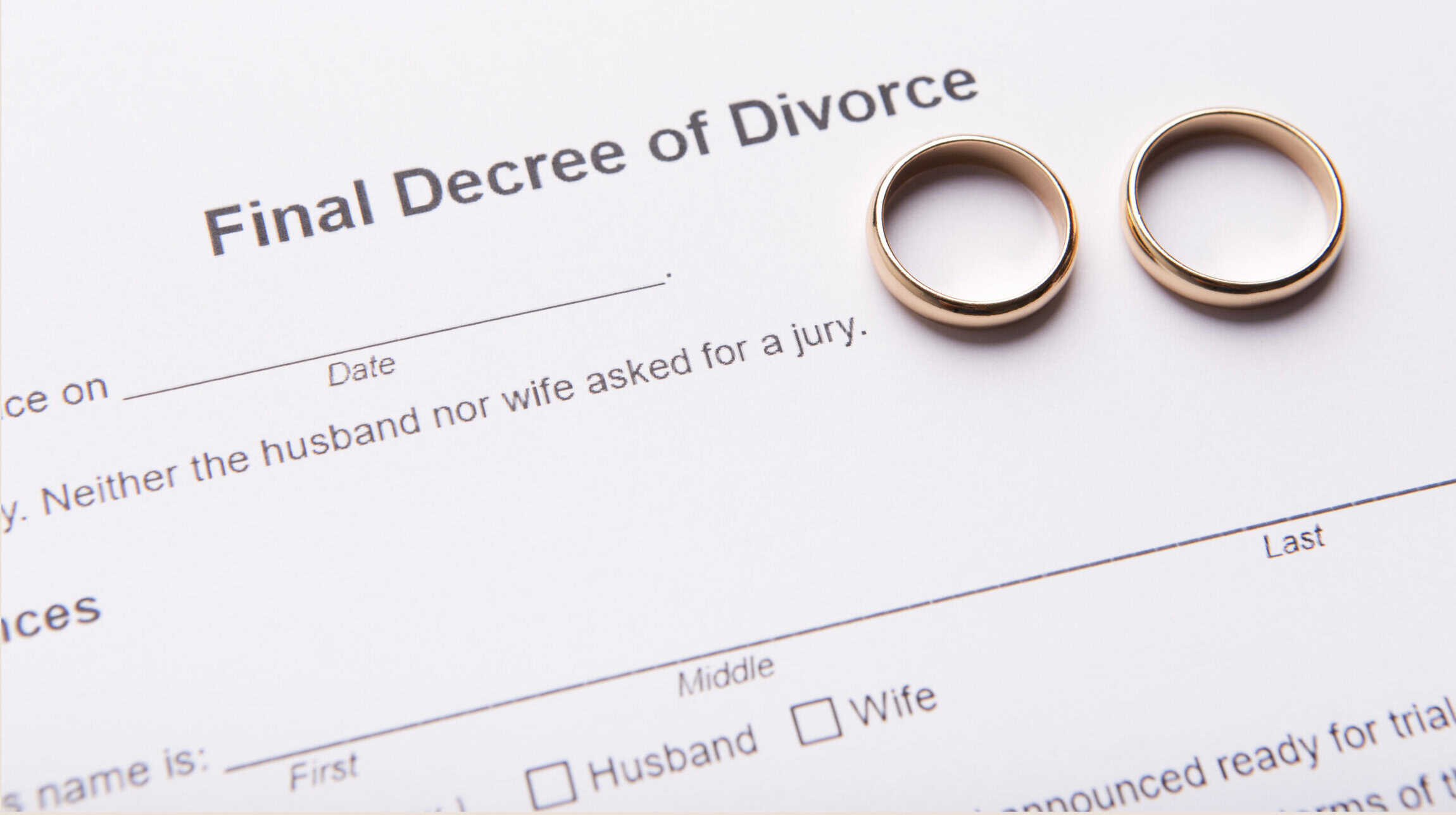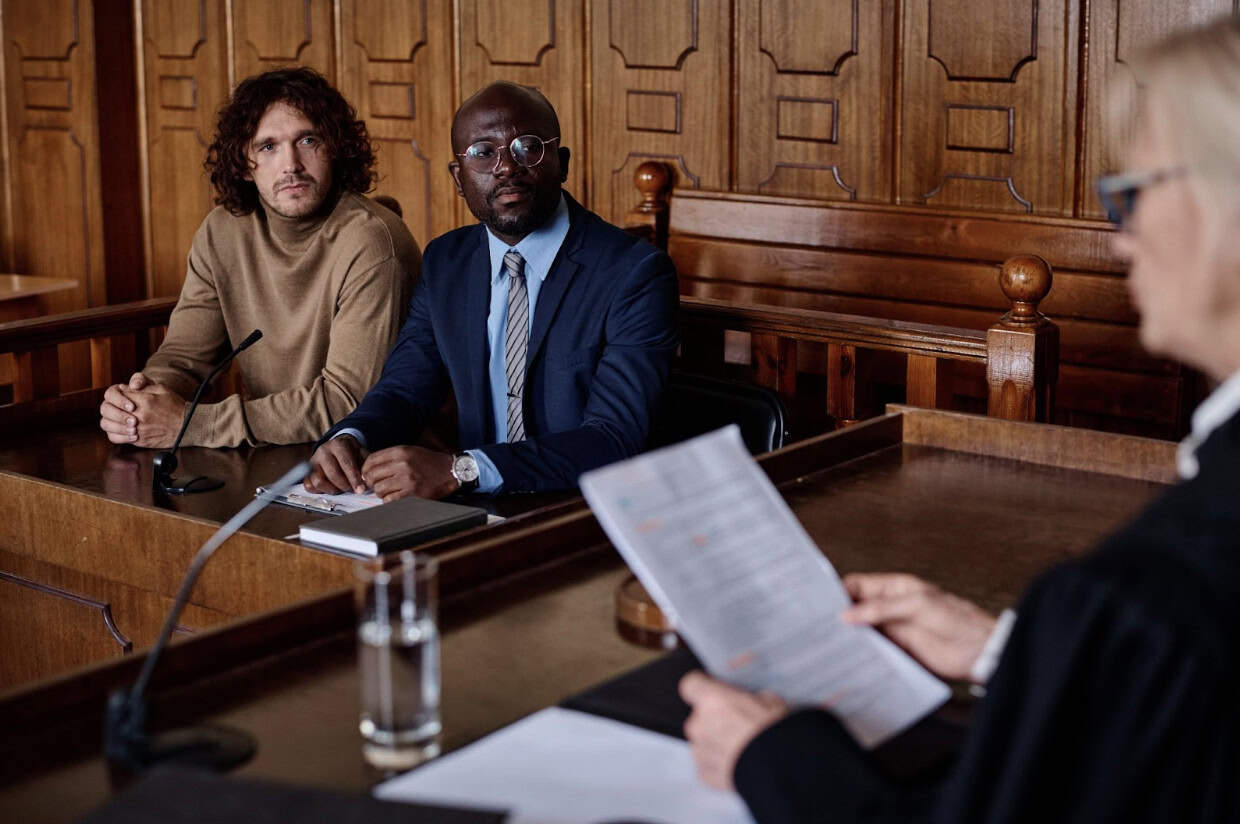With warm weather finally here, motorcycle owners are dusting off their bikes and hitting the open roads. Motorcyclists are at an increased risk for fatalities and injuries because of size, visibility, and lack of safety features but there are things that all motorists can do to safely share the road with motorcycles. By raising awareness and implementing the below safety tips, we can make the roads safer for everyone.
According to the National Highway Traffic Safety Administration (NHTSA), motorcyclists are approximately 27 times more likely to die in a motor vehicle crash and five times more likely to be injured than passengers in other vehicles. In fact, motorcyclists account for 14 percent of traffic-related fatalities but only represent 3 percent of registered motor vehicles. More than half of all multi-vehicle collisions involving a motorcycle are the fault of motorists, not the motorcyclists, so it is imperative that every driver remain vigilant and practice safe, responsible driving behaviors.
9 Tips for Safely Sharing the Road with Motorcycles
1. Give them space.
You should always maintain a safe distance between you and the vehicle in front of you. However, when driving behind a motorcycle leave extra room between you and the bike. Motorcycles may have to change speeds or lanes suddenly or maneuver to avoid road hazards so experts advise leaving at least three to four seconds between your vehicle and the motorcycle. Motorcycles may slow down by downshifting or laying off the throttle so their brake lights might not be activated, making it even more important not to follow too closely. Also, never attempt to share a lane with a motorcycle—there is only enough room for one of you.
2. Looks can be deceiving.
The small size of motorcycles not only makes it more difficult for other drivers to see but also makes the bikes appear farther away than they really are. It is common for other drivers to misjudge a motorcycle’s speed and distance. It is best to assume the motorcycle is closer than it appears.
3. Passing safety.
To help avoid collisions and safely pass a motorcycle, properly use rear-view and side mirrors to check your blind spots and always use your turn signal. Avoid sudden lane changes and never cut off a motorcyclist, which may cause the rider to over brake, slide, and fall.
4. Blind spots.
The smaller and narrower size of motorcycles makes it easy to lose them in your blind spots, so always check mirrors before changing lanes. Generally, be aware of the vehicles around you.
5. Intersections are especially dangerous.
Many two-vehicle fatalities (43 percent) involving motorcycles took place at an intersection when a vehicle was turning left and the motorcycle was going straight or passing. Failing to yield the right-of-way is one of the more common causes of accidents involving motorcycles but it is preventable. Always use your turn signal when turning or changing lanes and allow extra time at intersections before making any turn. After you have confirmed it is safe to turn, check again to make sure traffic is clear.
6. Self-canceling turn signals.
Not all motorcycles have self-canceling turn signals. If you observe a motorcycle with an activated turn signal, wait to ensure the rider is turning before proceeding. It is possible the rider forgot to turn off the signal. This is especially important when you are at an intersection.
7. Weather conditions.
Bad weather affects motorcycles much differently than passenger vehicles. Wet and slippery pavement may lengthen the time needed for a motorcycle to come to a stop. Poor weather conditions may not only make it harder to stop but make it harder to maneuver and reduce visibility. Rain and winter weather are not the only bad conditions, wind and fog can also be more problematic for motorcycles.
8. Road conditions.
The seemingly harmless road condition a motorist views as an annoyance can often pose a very different threat to a motorcycle. Potholes, road debris, gravel, or grooved pavement can be treacherous, even deadly, and must be avoided so motorcycles may need to swerve or change speed unexpectedly. Another reason not to follow too closely.
9. Distracted driving.
The NHTSA has found that drivers of passenger vehicles are distracted more than 50 percent of the time which can undoubtedly lead to fatal consequences. Cell phones are a very common distraction these days: never text and drive and use hands-free accessories if you need to talk on the phone while driving. However, phones are not the only distraction. People take their eyes off the road to tend to kids in the backseat, adjust music, or simply reach for a cup of coffee.
Safety Tips for Motorcyclists
Drivers of passenger vehicles are not the only ones who can take steps to make the roads safer. Motorcyclists should check their equipment before heading out and always follow the traffic rules. Wear a DOT-compliant helmet and gear with reflective tape — helmets save lives. Motorcyclists must practice defensive driving and make every effort to stay out of blind spots. Confirming weather conditions before heading out can also help riders avoid getting stuck in bad weather. Finally, motorcycles and alcohol do not mix. Never drive under the influence of drugs or alcohol. Sharing the road with motorcycles this summer season is inevitable, but it does not have to be dangerous or fatal.
Work With an RVA Personal Injury Attorney for Help With Your Motorcycle Accident
If you or a loved one have been injured in a motorcycle accident, trust the skilled RVA personal injury attorneys at Renfro & Renfro to provide the compassionate advocacy you deserve. Contact us now for a free consultation.






